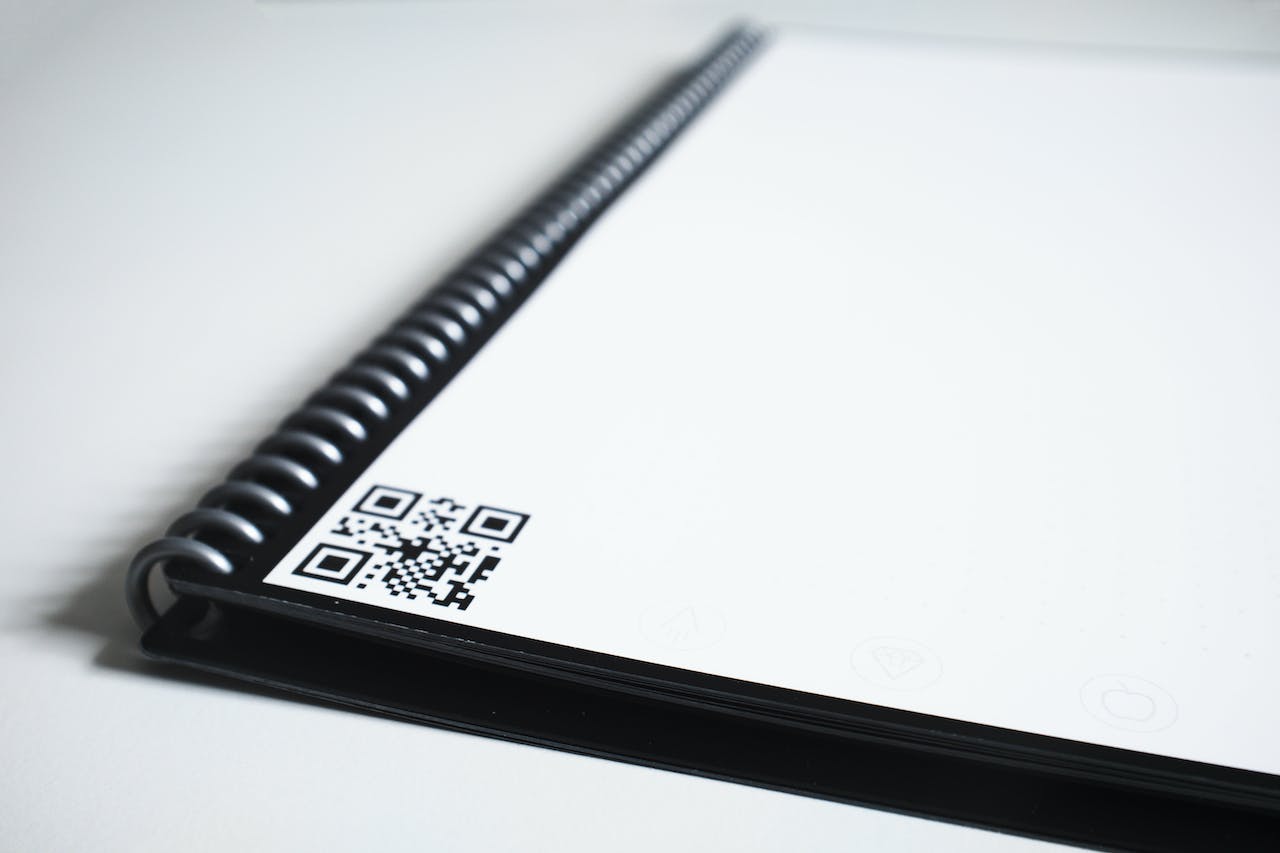(Source: Pexels)
In the digital era, QR codes are a pivotal link between the physical and online worlds. These scannable, two-dimensional barcodes are a gateway to a wealth of information, including website links, contact details, and even multimedia content, accessible with a smartphone scan. For businesses, marketers, or individuals eager to harness this technology, mastering a QR code generator to create unique QR codes is crucial.
In the ever-evolving landscape of personal and professional development, unlocking one’s potential is a continuous journey marked by exploration and adaptability. This process involves breaking through self-imposed limitations, embracing new skills, and cultivating a mindset that welcomes challenges as opportunities for growth. Whether in the context of individual aspirations or organizational goals, unlocking potential often requires a combination of self-reflection, learning, and resilience. It’s a transformative endeavor that propels individuals and entities toward innovation, creativity, and a heightened sense of achievement. As we navigate the complexities of the modern world, unlocking our collective potential becomes a key to realizing new horizons and making meaningful contributions to the world around us.
This article explores the steps to generate your QR codes and the vast opportunities they present.
Understanding QR Code Generators
A QR code generator is an online tool that enables the creation of QR codes by encoding data such as URLs, text messages, or contact details. These generators typically provide customization options, allowing your QR code to stand out through unique colors, embedded logos, or distinct patterns, thus aligning with your branding or personal style.
Key Features to Look for:
- Customization Options: Ability to change colors, add logos, and alter shapes.
- Data Capacity: Some generators can handle more data than others.
- User-Friendly Interface: Ensures ease of use for all skill levels.
- Analytics Integration: To track the performance of your QR codes.
- Various Output Formats: Such as PNG, JPG, or SVG for different uses.
Step-by-Step Guide to Create Your QR Code
(Source: Pexels)
- Choose a Reliable QR Code Generator:
Select a QR code generator that aligns with your specific needs. Consider factors like customization capabilities, data tracking, user-friendliness, and security. Tools like QR Code Monkey offer extensive customization, while GoQR.me is known for its simplicity.
Furthermore, for first-timers, we have an excellent opportunity for you with Adobe Express. It’s free! So get over there to create your QR today.
- Select the Type of Content:
Determine the purpose of your QR code. Will it direct users to a website, reveal a special message, or provide details like a Wi-Fi password? The content type influences the data you’ll input in the next step.
- Enter Your Data:
For a website link, simply paste the URL into the generator. If it’s a text message, type in your desired content. The process is intuitive and straightforward, allowing anyone to create a QR code with ease.
- Customize Your QR Code:
This is a chance to be creative. Adjust the color to match your brand or personal preference. You can also incorporate a logo or image in the center of your QR code to enhance brand recognition or personalization.
- Test the QR Code:
Before using your QR code, test it with various smartphones and QR code readers. This step is crucial to ensure compatibility and functionality across different devices.
- Download and Deploy:
Once you’re satisfied with the design and functionality, download the QR code in a suitable format. You can then integrate it into your marketing materials, business cards, or other mediums as desired.
Applications of Custom QR Codes
(Source: Pexels)
- Marketing Campaigns:
Incorporate QR codes in flyers, posters, or online platforms to direct users to your website, promotional offers, or social media profiles. This can significantly enhance user engagement and campaign reach.
- Event Management:
Simplify event logistics by using QR codes on invitations or event materials to share important details like venue information, digital tickets, or exclusive content related to the event.
- Networking:
Modernize your networking by embedding a QR code on your business card. This can provide a direct link to your professional portfolio, LinkedIn profile, or contact information.
- Educational Resources:
Educators can utilize QR codes to provide students with easy access to supplementary online materials, educational videos, or interactive assignments.
Best Practices for QR Code Usage
- Keep it Relevant:
Your QR code should offer real value to the user. Ensure that the content it leads to is relevant and beneficial to your audience.
- Visibility is Key:
Place your QR code in a location where it’s easily seen and can be conveniently scanned. This includes considering the size and contrast of the QR code against its background.
- Mobile-Friendly Content:
Given that QR codes are predominantly scanned using mobile devices, it’s crucial that the linked content is optimized for a mobile experience.
- Track and Analyze:
Opt for a QR code generator that offers analytics. This allows you to track scans and gather data, enabling you to understand user interaction and refine your strategies.
Conclusion
QR codes are a powerful tool in bridging the gap between digital and physical interactions. By learning to use a QR code generator effectively, you can unlock their full potential, creating unique and engaging experiences for your audience. The key to successful QR code integration lies in creativity, relevance, and strategic placement, ensuring they form a seamless part of your broader marketing or communication strategy. With these guidelines in mind, you are well on your way to leveraging the power of QR codes in your digital endeavors.



